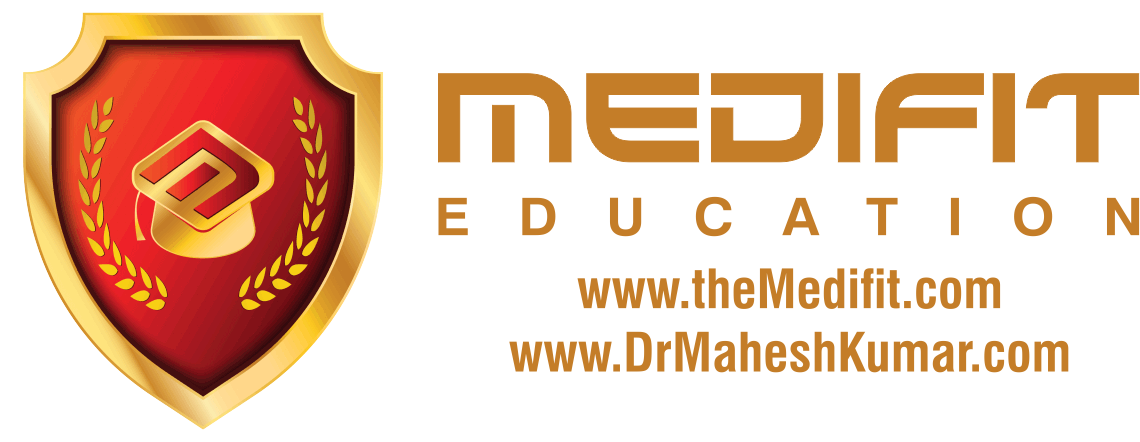medskl.com is a free, global medical education site (FOAMEd) covering the fundamentals of clinical medicine with animations, lectures and concise summaries. medskl.com is working with over 170 award-winning medical school professors to provide content in 200+ clinical presentations. Endocrinology – Gynecomastia: What You Need to Know Whiteboard Animation Transcript with Adam Millar, MD, MScCH https://medskl.com/Module/Index/gynecomastia Gynecomastia is benign enlargement of glandular breast tissue in the male. It’s a common condition, with a reported prevalence of 36% in men between the ages of 17-58. Even higher prevalence rates have been noted in newborns, teenagers and older men due to normal physiologic changes. True gynecomastia is due to the effect of an imbalance of androgenic and estrogenic hormones on glandular breast tissue. An important point is that one doesn’t need to have frankly low testosterone levels or high estradiol levels to develop gynecomastia. Patients with acute gynecomastia will often note unilateral or bilateral breast enlargement with tenderness on palpation. Over time, patients may report decreased enlargement and tenderness – this suggests that the affected tissue may have entered the chronic or fibrotic stage. Although male breast cancer is rare, one must first exclude this condition before proceeding with further investigations into gynecomastia. Physical findings that indicate a potentially malignant lesion include unilateral breast involvement, presence of a hard, fixed mass that is located peripherally to the areola rather than circumferentially, accompanying skin rashes, nipple discharge and axillary lymphadenopathy. In cases where carcinoma is a concern, mammography can help distinguish malignant lesions from benign ones. After exclusion of carcinoma, the next step is differentiating true gynecomastia from pseudogynecomastia (or lipomastia, which is excess fat tissue in the breast). The texture of the mass on exam can help in distinguishing these conditions Initial lab investigations to determine etiology include total testosterone, lutenizing hormone, estradiol, and prolactin. One may also add hCG and bioavailable testosterone. Thyroid, renal, and liver function tests are also important initially. An accurate medication and supplement history is essential, as many of these substances are known to cause gynecomastia. The majority of cases, however, are idiopathic. Management involves treating any underlying condition found on lab testing, or removing offending medications. In other cases, estrogen blocking medications (such as tamoxifen) or surgical intervention may be required for more permanent effect.
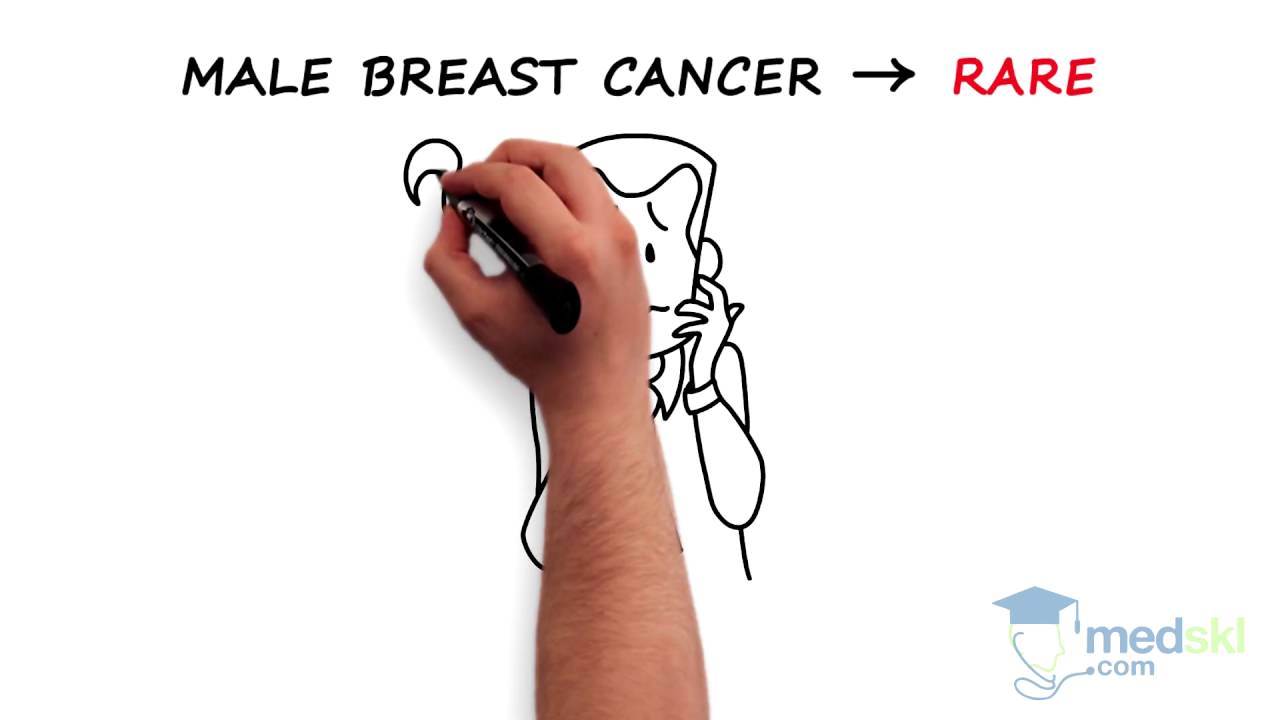
Endocrinology – Gynecomastia: By Adam Millar M.D.
- Post author:
- Post published:May 23, 2021
- Post category:Uncategorized
- Post comments:0 Comments
You Might Also Like

Bone Metabolism (Remodeling)

How to do Dumbbell Shrugs & Single Arm Shrugs

What is Renal Hypertension & Renal Stenosis with its management? – Dr. Pallavi Patri
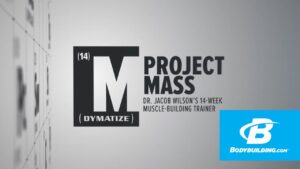
Human Body, Body Building Muscle Building Anatomy Physiology Video – 14

Human Male and Female Complete Anatomy – Body, Muscles, Skeleton, Internal Organs and Lymphatic 3D M

Digestive System Song

METABOLISM BOOSTING Cardio — Workout to INCREASE METABOLISM
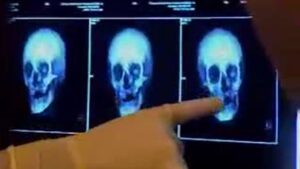
Plastic Surgery Video – 5

Testosterone & Androgenic Effects Video – 5
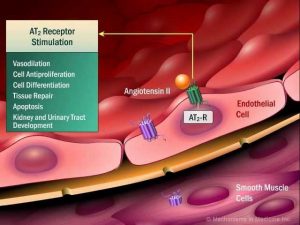
Renin Angiotensin Aldosterone System

Rear Deltoid-10

One arm cable tricep extensions

Self Supported Dumbbell Row – HASfit Back Exercise Demonstration – One Dumbbell Row – DB Row

Dutasteride vs Finasteride – Hair, Side effects and More

Diabetic Nutrition Video – 1

Body Relaxation Exercise

ProGuide™ Chronic Dialysis Catheters Animation
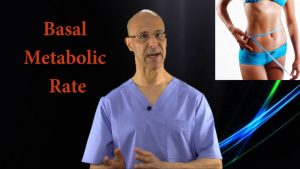
How to Use Your BMR (Basal Metabolic Rate) to Lose Weight – Dr Mandell

How long can you live on dialysis with kidney failure ?

Close Grip Triceps Extension-3
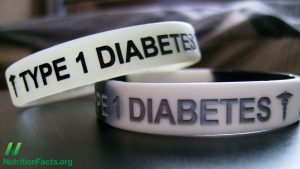
Does Bovine Insulin in Milk Trigger Type 1 Diabetes?

Effect of Lactation Hormone on Mother’s Brain
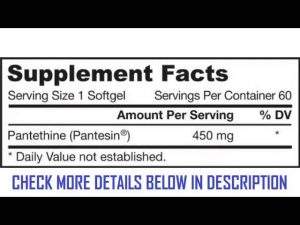
Jarrow Formulas Pantethine 450mg 60 Softgels

Definition of Sport

Erythrocyte Sedimentation Rate – Increase & Decrease ESR

Weight Loss Vlog – Ep. 3 – My Experience With Xenical (Orlistat)
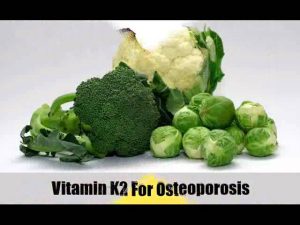
7 Natural Cures For Osteoporosis

SIZE 8 – Pre Workout Drink (NO SUPPLEMENT) | Pure Vegetarian Muscle Building Program by Guru Mann

Anti TPO Test – Why & How, Normal Range /Values and Cost
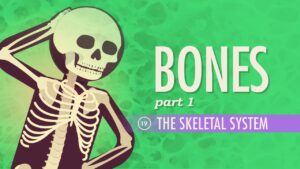
Skeletal System And Asanas Video – 2

Dr Ramakrishna tells about the intake of Multi-vitamin Tablets | Online Health Tips
Endurance
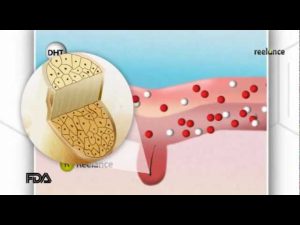
how to avoid hair loss for woman + minoxidil

How to Get the Most out of Vitamin Supplements- Thomas DeLauer

Barbell Bicep Curls – Exercise Tutorial

Stretching Video – 2

Behavioral Psychology Video – 2
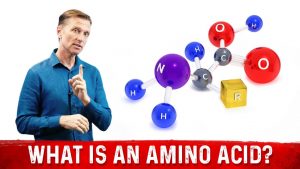
What Is An Amino Acid? | Dr.Berg
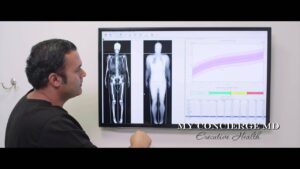
Body Composition testing : What is body composition?
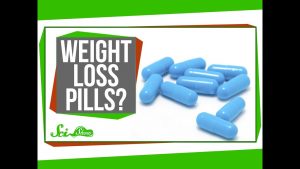
Weight Loss Pills: Fact Or Fiction?
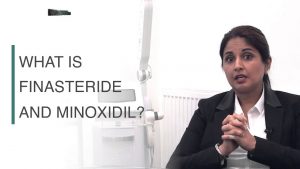
What is Finasteride and Minoxidil? – Hair Loss for Women

